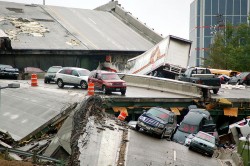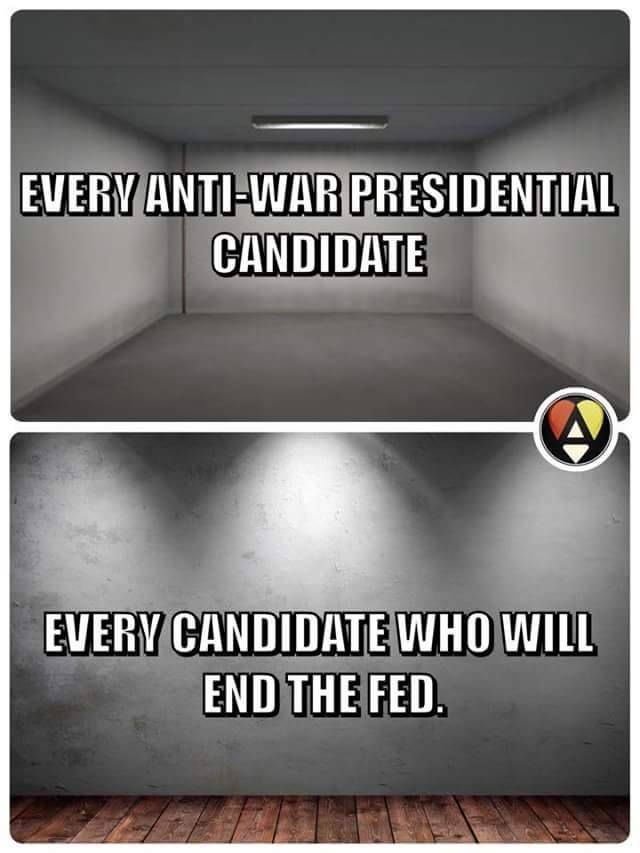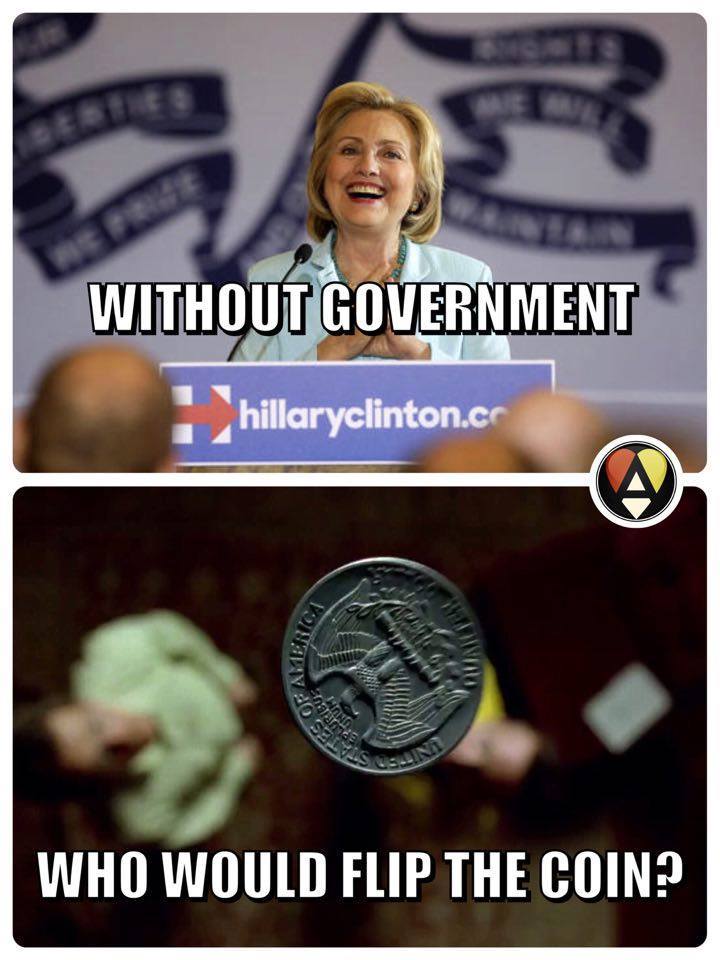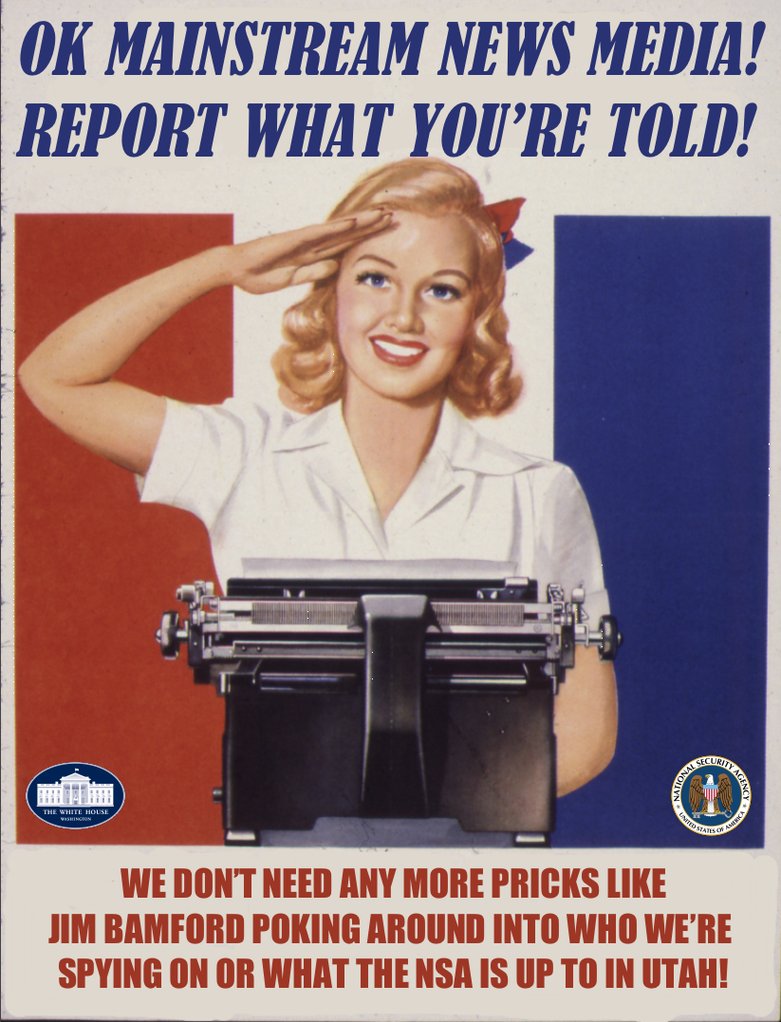(ANTIMEDIA) United Kingdom — Ancient churches will play their part in bringing superfast broadband to rural Britain following the Church of England’s pledge this week to use 10,000 churches as communication towers. The medieval spires and towers will aid the rollout of superfast internet provision in some of the U.K’s most remote locations. The church’s move comes amid criticism that the government is masking the true extent of poor connectivity.
In rural and remote areas, the costs of installing infrastructure are significantly higher than in urban and suburban areas, often outweighing potential revenues for providers. The Church of England already provides a far-reaching broadband service through its company, WiSpire, using 47 churches across Norfolk as relay towers. Each one provides wireless coverage within a 4km radius.
Communities still struggling with slow speeds are set to benefit from the new set of guidelines being drawn up by the Church of England, which pledged an additional 10,000 churches for use. Last November, the prime minister pledged to provide fast broadband to all homes and businesses, giving the public a legal right to broadband speeds of at least 10mbps by 2020. But the Church of England’s offer is intended to plug the gap as the government struggles to implement the United Service Obligation, which aimed to put access to broadband on a similar footing as other basic services like water and electricity.
The original plan to connect 95% of the population with superfast speeds by the end of 2017 is reportedly on track, but getting the final 5% online (about a million properties) is proving challenging and potentially expensive — so much so that in a recent consultation, published in March, the government backtracked on its original commitment.
Therefore, the solution appears to lie in the steeples of thousands of parish churches,
many of which are ideally located in remote locations. Paul Miner of the Campaign to Protect Rural England said rural areas continue to suffer from poor coverage and slow speeds. Claiming there have been a number of cases where masts have unnecessarily harmed landscapes, he explained that adding new infrastructure to existing buildings, such as churches or farm buildings, is preferable — providing there is no damage to the heritage value.
Steve Maine, chief executive of WiSpire, questions the government’s 5% figure and claims the true extent of poor broadband in Britain is being kept under wraps. “Is five percent the right number? No. The amount of people without a good broadband connection is a lot higher than 10 percent,” Maine told Newsweek.
Adding that many premises are inaccurately counted and included in the 95% figure as being supported by existing fiber networks when they are not, he added:
“In a world where you can’t even get your grants as a farmer unless you apply for them online, there will be more and more areas of life where good broadband connectivity is absolutely vital — even when applying for welfare benefits. The scale of the problem is a lot bigger than the government is prepared to admit to.”
This article (Higher Power: How Ancient Church Spires Help Rural Areas Get Broadband Internet) is free and open source. You have permission to republish this article under a Creative Commons license with attribution to Michaela Whitton and theAntiMedia.org. Anti-Media Radio airs weeknights at 11pm Eastern/8pm Pacific. If you spot a typo, email edits@theantimedia.org.


























